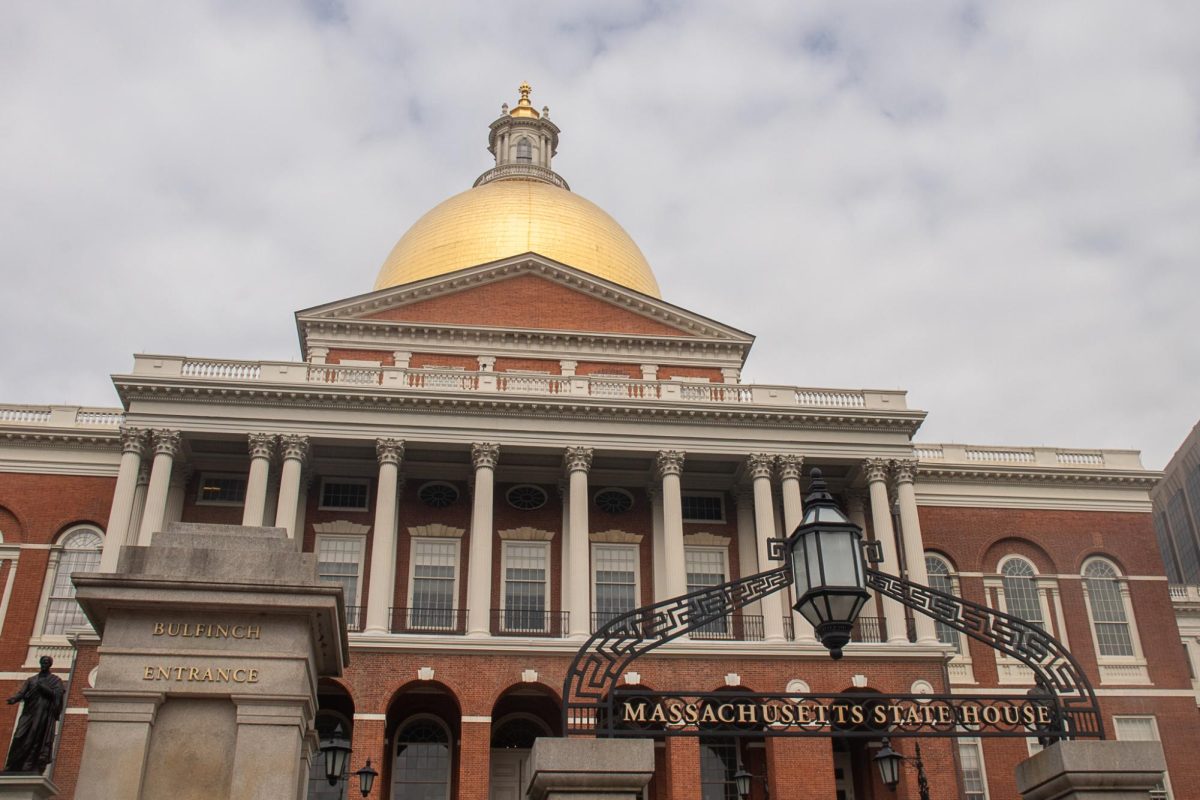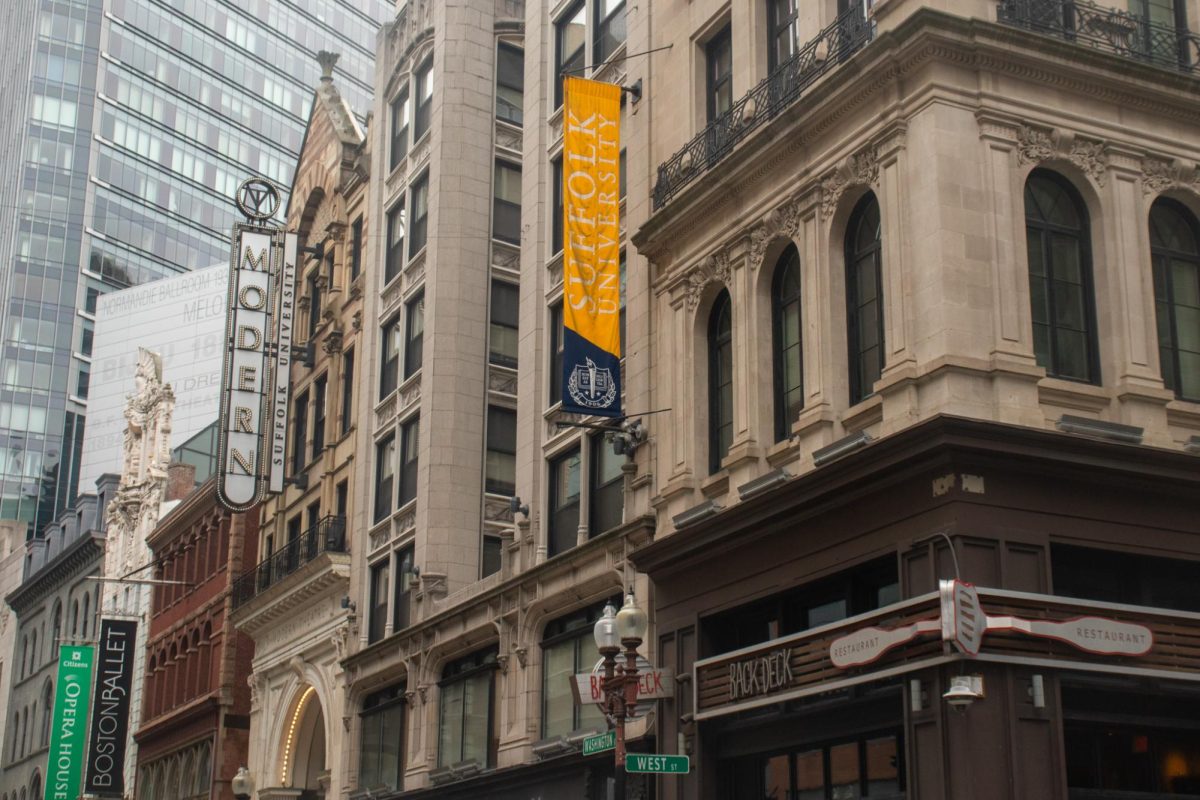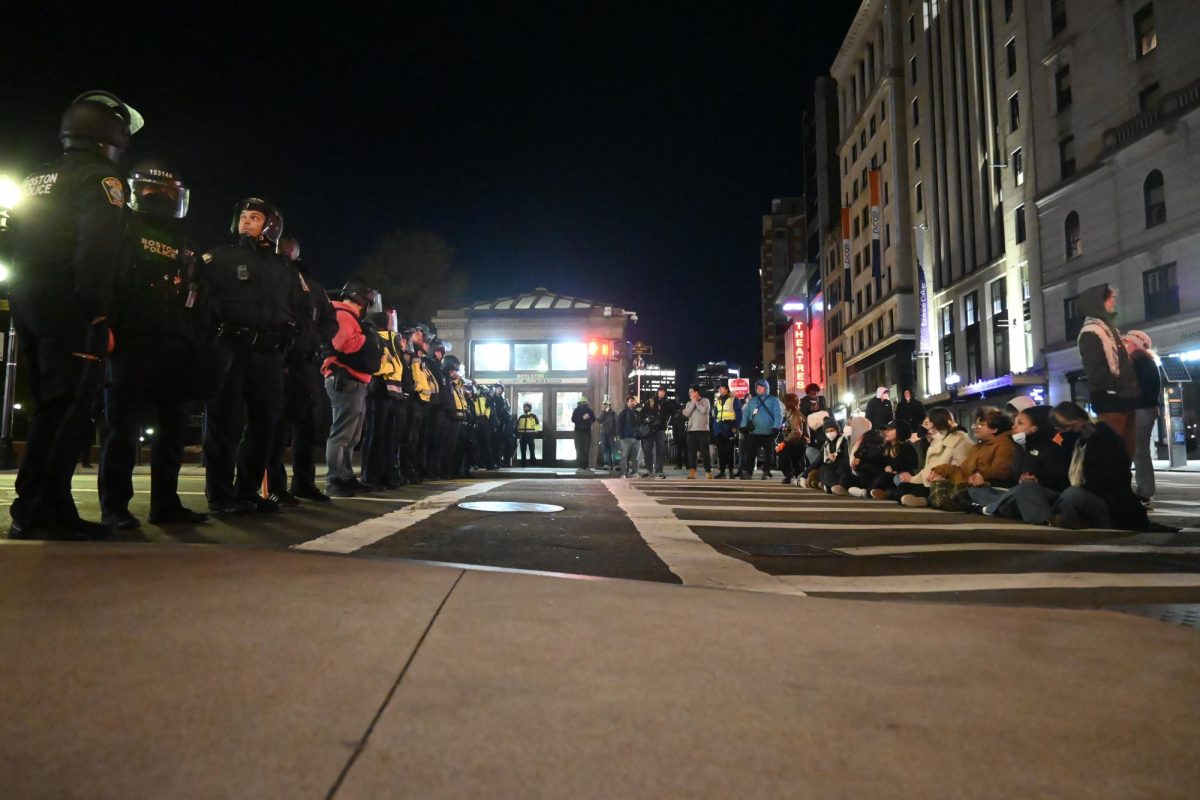Suffolk University announced Tuesday its plan to sell the Donahue and Archer buildings, according to Vice President of Government and Community Affairs John Nucci.
The buildings, which are located on Temple Street and share hallways connecting the two, are being sold by real estate company Jones Lang LaSalle. Nucci said there is no specific deadline on when to close of the sale, and “We’re going to do our best to market the property.”
News of the move was also announced to faculty Tuesday via email by Interim President Norman Smith.
It was not clear what price will be asked for the properties, and JLL could not be reached for comment.
The two buildings host classrooms used by the College of Arts and Sciences. Donahue is also home to the financial aid office, registrar’s office, and bursar’s office.
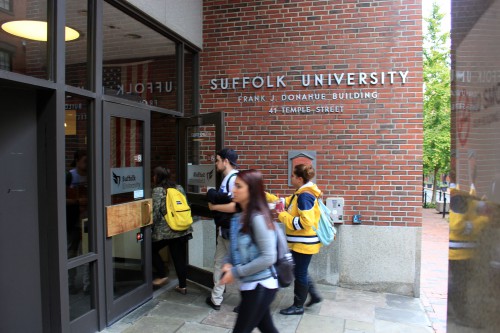
A transition for the buildings was already in place, as all classrooms were planned to move into Suffolk’s new building, 20 Somerset, starting in fall 2015. The Boston Business Journal first wrote on Friday that Suffolk was interested in selling the buildings.
Smith said in the email that the buildings will likely be occupied by Suffolk until the end of the 2015-16 year.
“One of the core planning principles of our master plan with the city of Boston has been to move much of the classroom activity away from residential Beacon Hill. Primarily, the reason for the sale is simply that we are excited and looking forward to the opening of 20 Somerset in the fall,” said Nucci.
However, in an interview with The Suffolk Journal in December 2012, former president James McCarthy said the university was not planning to sell the Donahue and Archer buildings because they were home to the financial aid and bursar’s office, as well as the C. Walsh Theatre.
The Archer building was
the original home of Suffolk Law School, and was built in 1920, with a two-story addition added in 1937. Donahue was constructed in 1966.
According to a school spokesman, the city assessed the properties for fiscal year 2015 at $29,081,956 for Archer and $16,068,980 for Donahue.
The plan to put these buildings on the market comes after Suffolk sold the Fenton building last summer.
Beyond the offices and classrooms inside Donahue, there is also the main common space for students. The fourth floor has seating and pool tables for students, and also has space for multiple student clubs.
Nucci said all of the current uses in Archer and Donahue will be absorbed by 20 Somerset. However, in the email sent by Smith, the interim president said some faculty offices will move to 73 Tremont, graduate programs will move to the Law School, and that some of the activities held in Donahue and Archer will be able to move to vacated space in Sawyer.
Activities that take place in the C. Walsh Theatre will also be moved to other facilities in downtown, Nucci said.
“We are working on a plan to replace those activities that take place in the C. Walsh Theatre. Activities may be absorbed into other facilities about the campus,” said Nucci.
Dean Kenneth Greenberg, who will be stepping down from his position as dean and moving into teaching next year, said, “I’ve been around Suffolk since 1978. Archer and Donahue are part of my life. There’s a nostalgic feeling and I’m sad to see them go.”
However, Greenberg noted that it is a wise decision for the university.
“The bottom line is the university is obligated to use students’ money in the wisest and most efficient way possible,” said Greenberg.
Theatre Department Chair Marilyn Plotkins was visibly upset regarding the plan to sell both buildings. She had learned only a few minutes before interviewing with the Journal that the buildings were officially on the market, although she said that she knew this was coming for two years.
“We are hopeful the university will be able to procure space for the multi-use capacity that we now enjoy,” said Plotkins.
Patrick Heaton, the director of the office of orientation and new student programs was startled to hear the news was official after seeing an article from the Boston Business Journal on the matter.
“I’m curious about the university plan,” said Heaton. “I’m particularly interested in what will happen to the Theatre Department and the C. Walsh.”
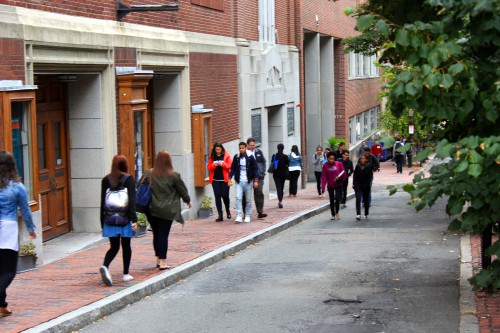
Surprise spread to students as well.
“I’m just confused,” said Devin Longland when she learned of the plan to sell the buildings. As a student employee of the office of orientation and new student programs, she was curious as to where the building’s clubs and offices would go.
“It just seems kind of silly,” said Longland, a senior in the psychology department. “Why would you jump the gun?”
SGA President Tyler LeBlanc was more optimistic about the plan.
“I think it’s exciting,” he said. “It just means that there’s other opportunities on the horizon as far as space.”
SGA is planning on supporting clubs as they prepare to vacate current offices and move into another space.
“That’s our biggest thing right now that we’re pushing with administration, is making sure that there is student space, student hang out space, space for clubs and organizations,” said LeBlanc.
While some oppose the move away from Beacon Hill, Communications major Annalise Reusche said the move makes sense.
“This area is residential,” she said. “It makes sense that they don’t want our school and students where they live.”
Global business and Communications major Ge-Ann Laruan said of the impending move that everything will still be walkable, and that “It doesn’t make a difference if we move to the other building.”
Whether students and faculty agree with the change or not, it is clear that Smith’s plan to centralize the campus is in effect.
President of the Beacon Hill Civic Association Mark Kiefer said the group has “long supported” the conversion of changing the university buildings into “low impact” housing, particularly housing units for families.
“While many final decisions remain outstanding, we presently see great promise for improved conditions for virtually all activities currently operating in the Temple Street buildings,” Smith said.
Melissa Hanson, Haley Peabody, and Will Señar contributed to this report.







